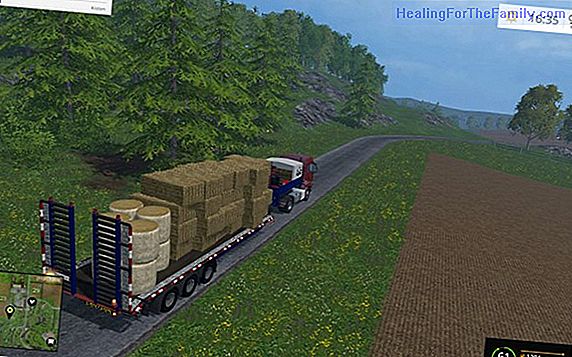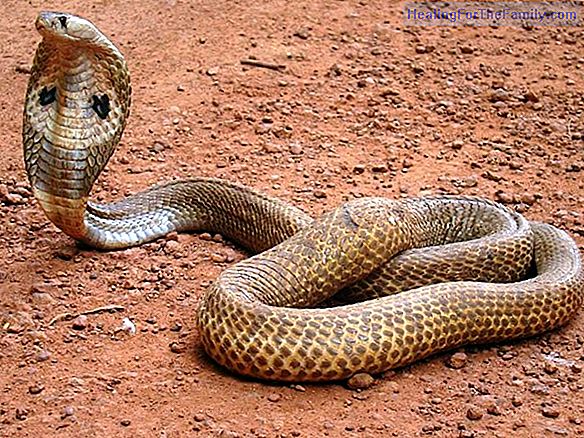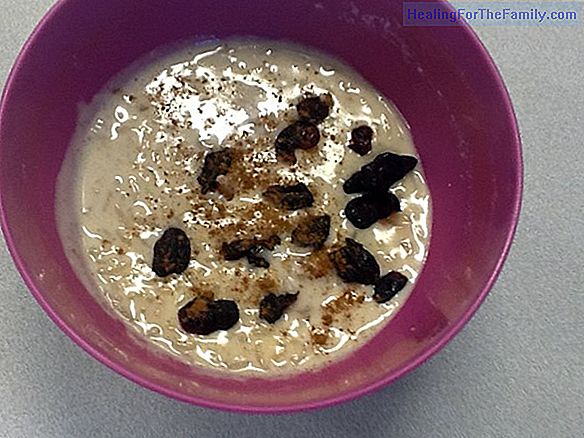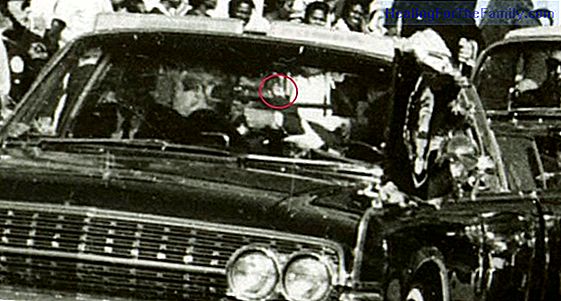How to care for a wound with stitches or staples in children
The skin is the most extensive organ of our body. Its main function is defensive, it serves to isolate us from microorganisms. For this reason, it must be borne in mind that any wound, regardless of its size, implies an increased risk of developing an infection. Once the wound has been treated in th
The skin is the most extensive organ of our body. Its main function is defensive, it serves to isolate us from microorganisms. For this reason, it must be borne in mind that any wound, regardless of its size, implies an increased risk of developing an infection.
Once the wound has been treated in the child, with stitches, staples, glue or strips of approximation se, basic care is still necessary for that wound to finish healing.How to care for and heal a child's wound with stitches or staples
First of all, to heal a wound in children, we must clean the wound with soap and water. The water will favor the dragging of germs, and the soap will destroy all the bacteria that have not been eliminated. It is not necessary to use oxygenated water or alcohol, because, beyond the inconveniences that its use supposes, these substances will hinder the normal process of healing.
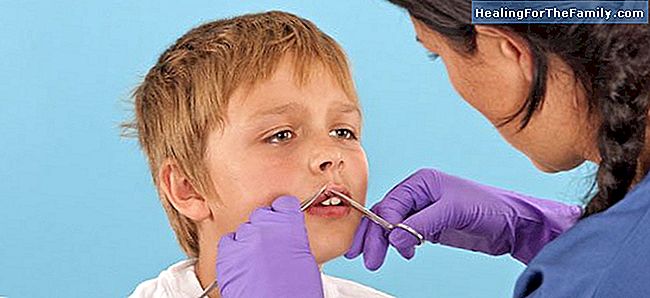
For practical purposes, if our child has a major wound, and we see that there is a clear separation between the edges of the wound, we should seek health care.
Strategies to approximate these edges can be several and
that is how a wound with stitches, staples or glue should be taken care of in children: -Points of suture.
In the first 24 hours, we do not have to wet these wounds. After this time, we will wash (without rubbing vigorously) with soap and water. There are two types of points: the soluble ones (that do not have to be removed), and the insoluble ones (that have to be removed after 7-10 days after their placement). -Grapas.
The maintenance of approximate wounds with staples is similar to that of stitches. This is: in the first 24 hours they should not be handled, and after that time they can be washed with soap and water. Your withdrawal will be made 7-10 days after placement. -Biological waste.
Several years ago, an alternative was the use of staples and stitches to favor the closure of wounds, which is more comfortable for children. The approximate wounds with biological glue should not be wet within 24-48 hours. Afterwards, they can be handled without problems. -Tiras approach.
They are small strips that help the edges of the wound stay together. If they get wet, they run the risk of detaching themselves. It is important to know that wounds with a high risk of infection, such as those due to animal bites, should not be closed immediately, but should be closed "by secondary intention" after a cycle of antibiotic treatment and local cures with antiseptics If we close them immediately, there is a clear risk of developing skin infections, and these can spread to deeper territories.
Similarly, if there is a significant tissue loss, more complex strategies will be used, such as the use of grafts.


